Make the PPE supply chain more resilient
By Steve Tracey, Professor of Practice & Executive Director of the Center for Supply Chain Research®
The COVID-19 pandemic isn’t the only time in recent history that our healthcare industry’s supply chain has been adversely impacted by an airborne disease. Whether it’s the newest influenza strains that pop up every few years in record numbers, whooping cough or measles and the like, they all have had a similar supply chain impact. All of them trigger a rapid and immediate increase in demand for personal protective equipment (PPE) well in excess of what supply options can adequately service.
In most past cases, supply has caught up to demand reasonably quickly (but not without distress). As we’ve learned with the latest disruption, that may not be the future state. This should be a concern.

There are several reasons for the situation in which we find ourselves. A confluence of economic and strategic decisions has allowed most of our PPE to migrate to a just-in-time, singleuse oligopoly concentrated in supply from a select few non-U.S. sources. All of these are potential single points of failure.
The important lesson here is in addressing these risks individually and collectively. A mixture of reusable PPE, along with sterilization and reuse processes, in addition to the single-use items that predominate dramatically reduces what’s needed when demand spikes. On the supply side, there needs to be attention paid to not only what kind of PPE we have but how and where we source it. In the future, there must be a higher percentage of domestic sources, and both the sourcing and distribution channels need to be more diverse and resilient.
Finally, there’s a role for government to play both in creating proactive incentives to enable near-shoring and in regulation, requiring the healthcare industry to regularly stress-test the supply systems to make sure they are resilient to future disruptions of the kind we just experienced. This wasn’t the first time our PPE supplies have been stressed. It’s important, for the health of our country, that we try to make it the last.
Pharmaceutical supply chains and drug shortages: Threats and solutions
By Hui Zhao, Associate Professor of Supply Chain Management, and Charles and Lilian Binder Faculty Fellow
COVID-19 drew much attention to drug shortages and the unique complexity of the pharma supply chains. Drug shortages have posed a significant and persistent public health threat in the U.S. for more than a decade.
More than 200 drugs have been in short supply since 2018, affecting almost all hospitals with tremendous management costs and social welfare loss (e.g., delayed/cancelled treatments, and even patient deaths).

While this problem is very complex, involving many stakeholders/ intermediaries along the supply chain, two main reasons stand out: (1) most of these drugs are produced by few manufacturers (e.g., low-priced old generics are not attractive) and (2) complex production processes and long supply chains are prone to disruptions.
These challenges are aggravated when fail-to-supply leads to limited consequences and intermediaries along supply chains add complexity to streamline incentives.
COVID-19 has exacerbated drug shortages. In addition to sudden demand increases and production disruptions due to lockdowns, the impact of trade for drugs produced overseas brought additional challenges (e.g., India halted the export of 26 drugs and 13 active pharmaceutical ingredients in early stages of COVID to conserve its drug supply).
Where do we go from here? In addition to increasing supply chain resilience, our research shows that mechanisms need to be carefully designed to incentivize more manufacturers to produce these drugs and reward supply chain reliability (Jia and Zhao 2017). Where market forces do not achieve these, government may play an important role in this direction.
Increase investments in supply chain resiliency
By Brent Moritz, Associate Professor of Supply Chain Management
Effective supply chain management aligns supply with demand. Most often, we focus on supply disruptions, like a natural disaster destroying a manufacturing plant or delays like the container ship blocking the Suez Canal. However, the two big stories of COVID-19 are the demand impact and the global nature of the disruption.
For some items (like PPE and medical diagnostics), demand dramatically increased. For other items, demand shifted. For example, consider how much toilet paper was consumed in schools, workplaces, and hospitality, all settings closed by the pandemic.

Toilet paper is a functional product with modest margins, and the products and distribution channels differ for institutional versus retail buyers. Although the underlying consumption was constant, demand quickly pivoted to retail. This caused a disruption, which was made worse by hoarding behavior.
For other items like airline trips, concert tickets, or restaurant meals, demand dramatically decreased. Some of these demand shifts are temporary, yet some (like online fulfillment) are permanent, which requires a re-think about effective supply.
The other headline is the global nature of COVID-19 and the limited opportunity to pool resources. Usually, when a disruption hits one location, supply is available elsewhere: If a storm knocks out power, utility crews from surrounding regions are called in, or inventory is supplied from a different region. For COVID-19, essential goods were in demand at the same time worldwide.
COVID-19 has shown the importance of good supply chain management. Organizations that made investments in their supply chain infrastructure (both physical and information) and in their people were better positioned. Going forward, organizations will increase investments in supply chain resiliency to be better able to resist disruptions and recover when they occur again.
Will firms learn from disruption and resist anti-learning behavior?
By Kevin Linderman, John J. Coyle Professor in Logistics and Supply Chain Management, Chair of the Supply Chain and Information Systems Department
Although we would like to think that firms learn from supply chain disruptions, this may not always be the case. In fact, many firms engage in antilearning behavior.
We studied several decades of minor operational incidents on ocean liner ships. One ship sustained minor damage due to the improper loading of cargo. The crew failed to take corrective action, and, over time, the improper procedure became accepted as “normal” operations. The ship’s crew did not learn from the minor disruption.

Once these deviations became normalized, the ship experienced a higher risk of a catastrophic disruption. An improperly loaded ship, for example, resulted in fish cargo that fermented gases and caused the death of a crew member. Moreover, this antilearning behavior became socially contagious, as ships that shared the same route and operated in the same industry spread antilearning behavior to one another.
As firms attempt to learn from the disruptions of COVID, they should make sure that none of their suppliers engage in antilearning behavior, and that antilearning behavior doesn’t spread within their supply base.
Suppliers should learn from the disruption; otherwise they will not only increase their risk of a future disruption, but also the risk of other suppliers in the network. Those who fail to learn from disruption will likely repeat their mistakes in the future.




